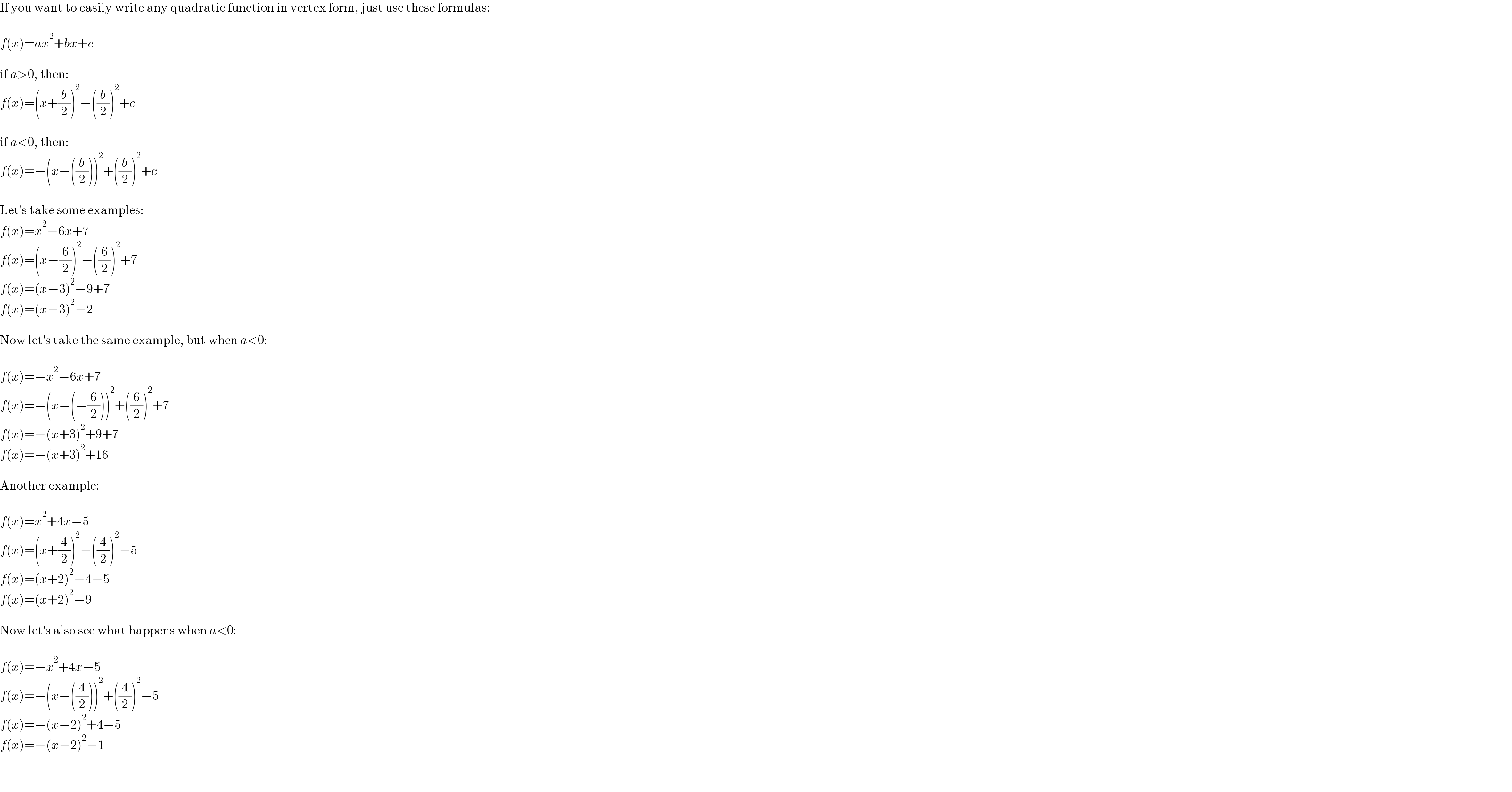
Question and Answers Forum
Question Number 157053 by depressiveshrek last updated on 19/Oct/21

Commented byTawa11 last updated on 19/Oct/21

Commented byMJS_new last updated on 19/Oct/21

| ||
Question and Answers Forum | ||
Question Number 157053 by depressiveshrek last updated on 19/Oct/21 | ||
 | ||
Commented byTawa11 last updated on 19/Oct/21 | ||
 | ||
Commented byMJS_new last updated on 19/Oct/21 | ||
 | ||